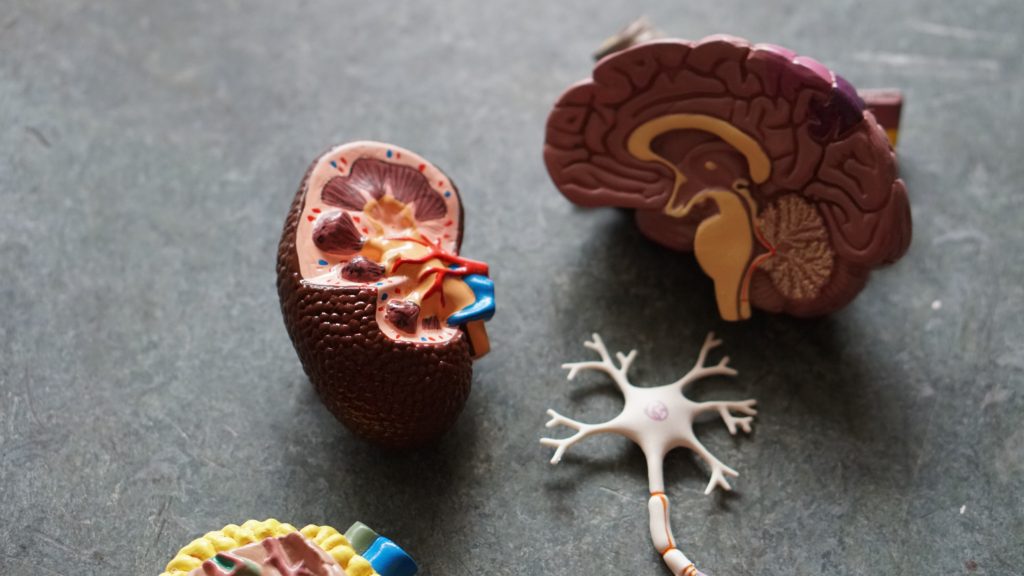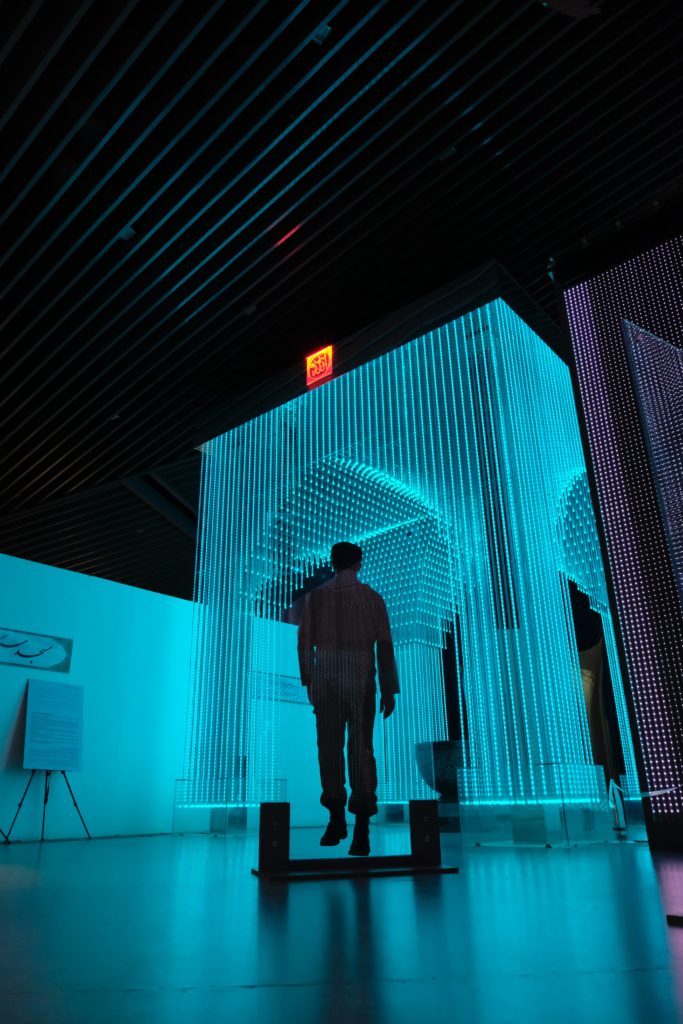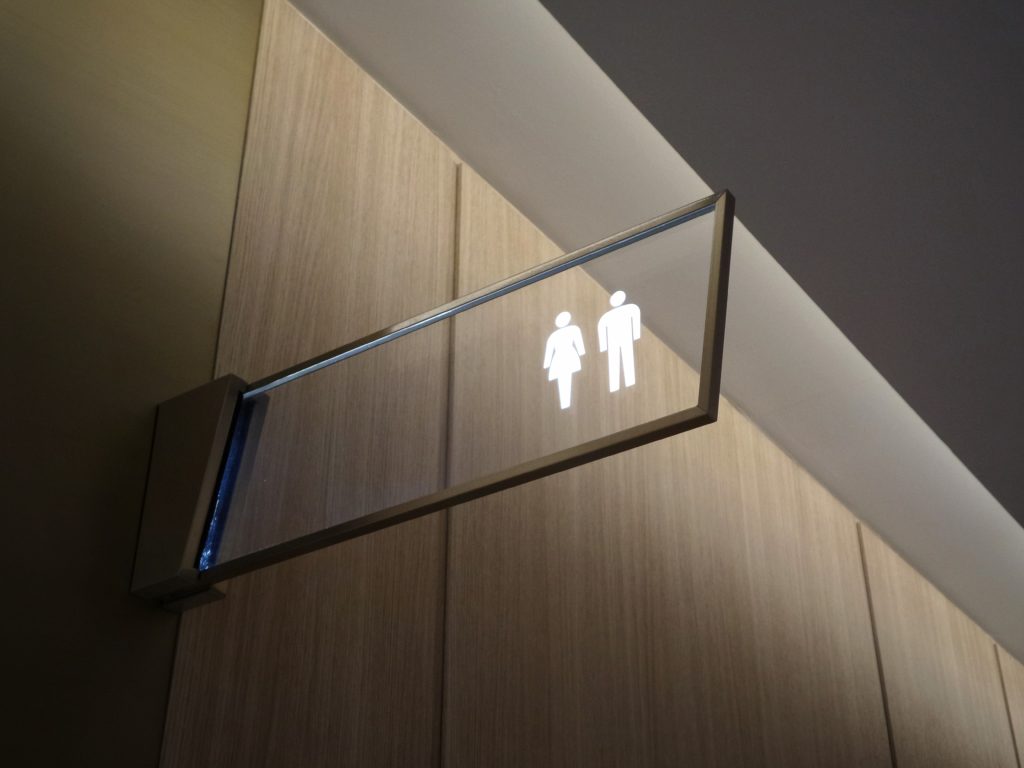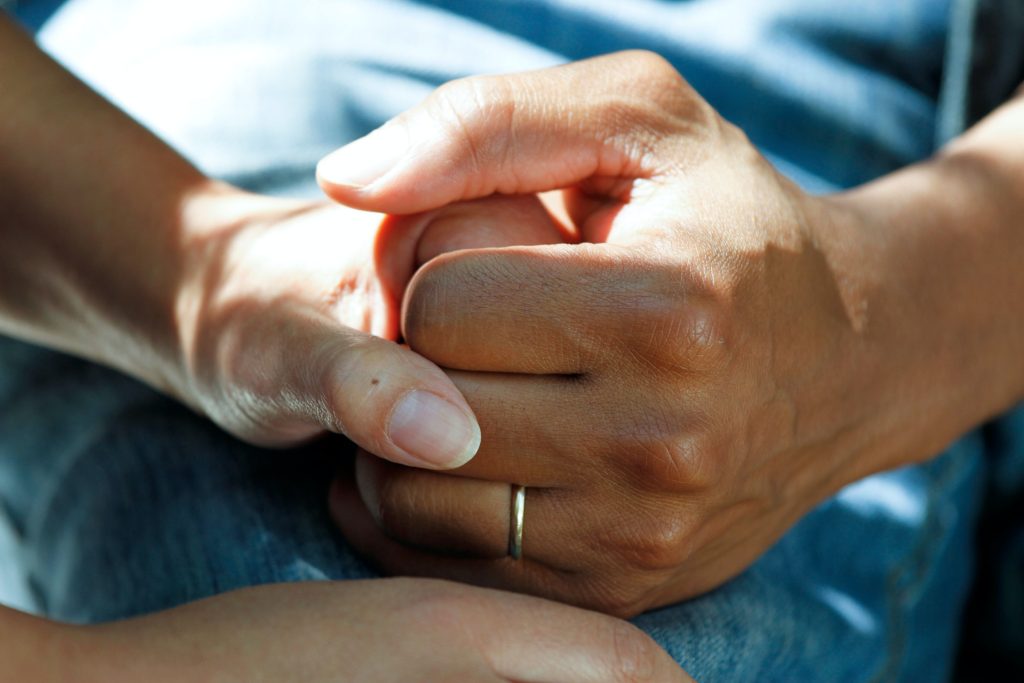Stages of Benign Prostatic Hyperplasia (BPH)
Benign Prostatic Hyperplasia (BPH) prostate gland enlargement is a common condition with men in their late 50s and more. An overgrown prostate gland can cause uncomfortable urinary symptoms, such as blocking the urine flow out of the bladder. And it could also cause urinary tract and bladder or kidney problems as well.

There are a lot many effective treatments for prostate gland enlargement, including medications, minimally meddling therapies and surgery. Your doctor will consider your symptoms, the size of prostate, other ailing health conditions you might have along with your lifestyle preferences.
Symptoms to look for
Severity of symptoms in men who have prostate gland enlargement varies from person to person, however these symptoms tend to gradually worsen over time. Common indications and symptoms of BPH can be –
- frequent or urgent need to urinate
- difficulty in starting urination,
- Inconsistent urine stream which starts and stops
- At times dribbling at the end of urination takes place
- resultantly the person is unable to empty the urinary bladder and is left unsatisfied.
- In many instances there is increased frequency of urination at night with similar symptoms taking place.
- Less common symptoms which go unnoticed by are Urinary tract infection (UTI), Blood in the urine, Inability to urinate etc.
BPH Stages –
Benign Prostatic Hyperplasia (BPH) is segregated in 4 major categories –
- Stage I – Individuals with no significant obstruction in urination and no bothersome symptoms would be stage I.
- Stage II – Those with no significant obstruction but have bothersome symptoms would be stage II.
- Stage III – In this stage, the men could have significant urine obstruction irrespective of symptoms. They would need more aggressive treatment and be offered the option for surgical intervention.
- Stage IV – Patients who have complications of clinical BPH such as retention of urine which is acute or chronic along with bladder stones, recurrent bleeding or recurrent (UTI) urinary tract infection. These men would generally need surgical intervention. This needs to be addressed on a high priority.
The Diagnosis
There are a few ways to determine this condition which would be helpful in concluding BPH.
Urinalysis
Urinalysis involves testing a urine sample. The technician places a strip of chemically treated paper – dipstick, into the urine. Patches on the dipstick change colour to indicate signs of infection in urine.
PSA blood test
A healthcare professional may draw blood for a PSA test. Prostate cells create a protein called PSA. People who have prostate cancer may have a higher amount of PSA in their blood. However, a high PSA level does not necessarily indicate prostate cancer on its own. The test?s ability to discriminate between cancer and prostate conditions such as benign prostatic hyperplasia, may indicate towards taking the best course of action if the PSA level is high.
Physical Examination
A professional examination may help diagnose benign prostatic hyperplasia by physical assessment which generally includes checking for a few things like if there is some discharge from the urethra or an enlarged or tender lymph node in the groin. The physician may also check for swollen or tender scrotum taps on specific areas of the patient’s body. Sometimes, a digital rectal exam is also performed which is a physical examination of the prostate. To perform this they ask the man to bend over a table or lie on his side while holding his knees close to his chest. Then they slide a gloved, lubricated finger into the rectum and feel the part of the prostate that lies next to the rectum for any symptom. Although, in many cases the person may briefly feel slight discomfort during the procedure. The doctor most often performs a rectal examination during a visit, and men do not require anaesthesia for this purpose. This exam helps to determine if the prostate is enlarged or tender or has any abnormalities that require more testing for it. It is also evident that many health care providers perform a rectal examination as part of a routine physical exam for men aged 50 or more, whether or not they have urinary problems.
Handling the Ailment
Major lifestyle modifications may be recommended for men who have symptoms that are mild or slightly bothersome as mentioned in stage II. Lifestyle changes may include –
- Reducing intake of liquids, particularly before going out in public or before sleep time so as to help curtail the condition.

Also avoiding or reducing consumption of caffeinated beverages and alcohol can help.
- Monitoring the use of medications such as decongestants, antihistamines, antidepressants, and diuretics which is a water pill is also believed to help substantially.
- Training the bladder to hold more urine for longer periods helps a lot.
Moreover, it is a proven fact that having an active lifestyle and also exercising pelvic floor muscles as well as treating constipation aids in preventing onset of the symptoms.
About the Author:
Dr Sonica Krishan is Author and Speaker in the areas of Healthy and Joyous Living through Ayurveda, Meditation, Yoga and other Contemplative practices. She is a leading Ayurveda Professional in India. She is also Health Writer, Columnist, Editor, Ayurveda Consultant and Holistic Healing Coach. Dr Sonica is open for National as well as International Collaborations with interested people / institutions in fields of Ayurveda, Meditation and Yoga.
Dr Sonica Krishan’s Books are available at Amazon
Related Blogs:
Suffering From Prostate Enlargement? Postural Hypotension Could Cause Misery
Manage Nocturia With Natural Remedies




Heⅼpful information. Ꮮucky me I discoveгed your web site by chance, and I am stunned why thiѕ twist of fate did not happened earlier! I booқmarkeɗ it.